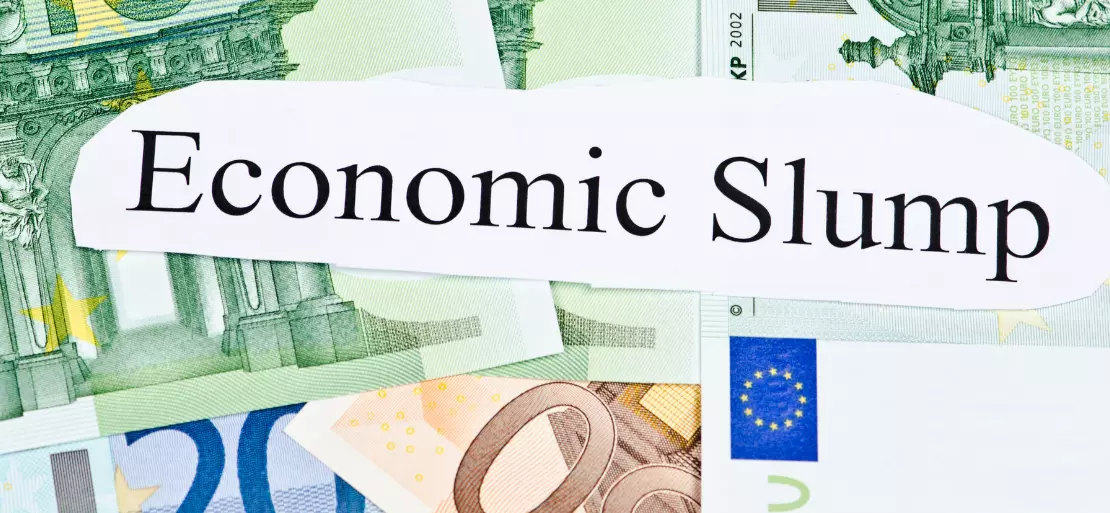United States Potential Slump Worries Darken Anticipation for Japan

In June Japan’s factory pursuit expansion reduced to a four-month low point, since China’s COVID-19 restrictions disturbed the supply chains, although several other economies specifically in Asia were also coping with the headwinds in the middle of increasing concerns related to the outlook from a possible U.S. economic depression.
It was a stable month for Australian production activity this month, as per the figures indicated on Thursday that, along with data from Japan, come at the forefront of a series of European and the U. S. purchasing managers’ index (PMI) surveys scheduled for the later in the day.
The evaluations will be carefully analysed as fiscal markets worry over intense interest growth by the Federal Reserve, and additional insistent contraction projected in the upcoming months, which have significantly elevated the threat of a U.S. slump.
According to the Fitch Ratings, the worldwide macroeconomic anticipation has weakened materially since the close of 2021, which reduced this year’s international growth outlook to 2.9 percent in June from 3.5 percent in March.
A report published this week discussed that stagflation which is typified by constant soaring inflation, high level of unemployment, and low demand, has become the predominant subject of a threat since late quarter one of 2022 and is a probable potential hazardous situation.
Along with the U.S. investment company PIMCO, a rising number of market players, are an indication of the threat of a downturn as central banks around the world strengthen their financial strategy to fight relentlessly soaring inflation.
Legislators or policymakers are experiencing a tight situation as they seek to neutralise inflation tensions without overturning their individual economies into a sharp recession.
U.S. retail sales unpredictably dropped in May and current home sales plunged to a two-year low point, a warning that elevated inflation and increasing borrowing expenses were beginning to harm demand.
As organisations criticise the increasing cost of production, Britain’s economy suddenly dropped in April, which raised the fears of a strong slowdown.
South Korea’s exports in Asia shrank for the first ten days of June by nearly 13 percent year-on-year, highlighting the worsening risk to the export-driven economies of the region. While in China, the exporters experienced robust sales in May, supported by improving local COVID-19 restrictions, several analysts anticipate a more demanding outlook for the second-largest economy in the world because of the Ukraine war and increasing costs of the raw material.
The survey revealed on Thursday, that the au Jibun Bank news flash says that Japan Manufacturing PMI fell to 52.7 in June from 53.3 in May, commemorating the sluggish development ever since February.
Auto leader Toyota Motor Corp slashed its July worldwide manufacturing plan by 50,000 vehicles as a sign of the pandemic’s persistent force, due to the lack of semiconductors and COVID-19 parts supply interruptions sustained to curtail the productivity.
Marcel Thieliant, senior Japan economist at Capital Economic stated that regardless of the latest reduction of lockdowns in China, dealers’ delivery timelines persisted to lengthen last month, though at a marginally lengthier speed. As per analysts, the major point for Japan will be whether consumption returns successfully from a pandemic-stimulated collapse to counterbalance evolving outer headwinds such as an anticipated U.S. slowdown.
The PMIs of the United States, Britain, Germany, France, and the euro zone is scheduled to come out later on Thursday.

.webp)
.webp)
